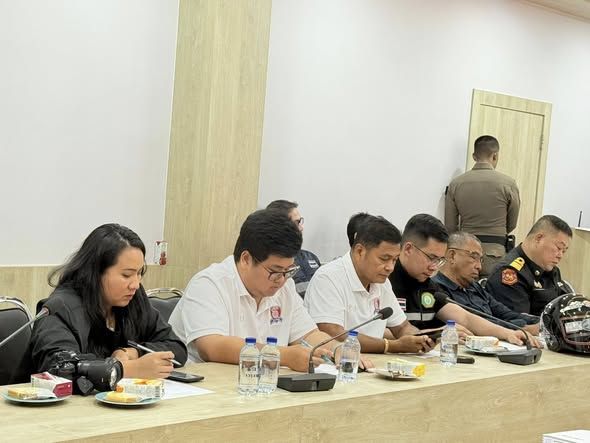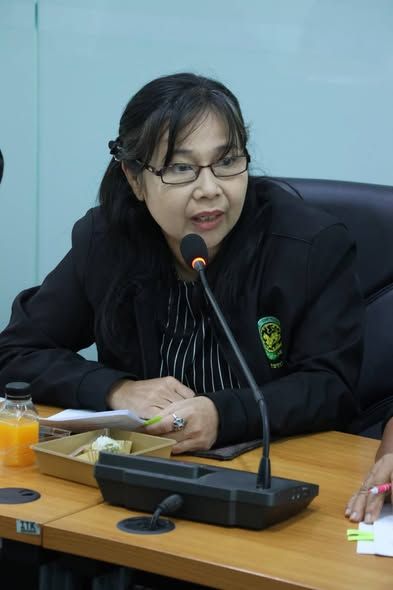Celebrate Royal Rainmaking Day on November 14th, honoring King Bhumibol Adulyadej The Great’s visionary artificial rainmaking in Thailand. His 1955 innovation continues to combat droughts, providing essential water for communities and farmers.
RoyalRainmakingDay #Thailand #KingBhumibol #WaterManagement #SustainableAgriculture #ThaiCulture #Innovation #DroughtRelief #ThaiHistory #TravelThailand
Royal Rainmaking Day, observed on November 14 each year, stands as a significant national holiday in Thailand, marking a transformative initiative in the country’s history – the inception of artificial rainmaking. This day honors the vision, innovation, and compassion of His Majesty King Bhumibol Adulyadej The Great, who pioneered rainmaking technology to provide vital relief from drought.
Origins of Royal Rainmaking Day
On November 14, 1955, His Majesty King Bhumibol Adulyadej conceived a groundbreaking idea to combat recurring droughts that burdened Thai farmers and communities. At the time, agricultural productivity was severely affected by water shortages, prompting the King to seek scientific solutions to this persistent problem. Through extensive research and development, His Majesty spearheaded the field of artificial rainmaking – an environmental innovation that has since made a profound impact on national water management and agricultural sustainability.
Development and Implementation of Artificial Rainmaking
The Royal Rainmaking initiative involved collaboration between scientists, engineers, and government agencies, leading to the development of specialized techniques for inducing rainfall. This process, commonly known as cloud seeding, utilizes chemical agents such as silver iodide or sodium chloride to stimulate cloud condensation and precipitation. Mobile rainmaking units and aircrafts were employed to target drought-stricken regions, providing timely relief to farmlands, reservoirs, and local communities.
Institutional Recognition and Legacy
In recognition of this benevolent and inventive act, the Thai Cabinet resolved on August 20, 2002, to name the monarch as the “Father of Royal Rainmaking.” November 14 was thus established as Royal Rainmaking Day. This annual event serves as a tribute to King Bhumibol’s enduring legacy and a reminder of his commitment to improving the welfare of the Thai people. Today, the Royal Rainmaking Project operates under the Department of Royal Rainmaking and Agricultural Aviation, ensuring ongoing advancements and the deployment of rainmaking services across the nation.
Broader Impact on Society and Environment
The Royal Rainmaking Project has expanded over the decades, enhancing food security, supporting water supply management, restoring ecosystems, and mitigating the effects of drought. Beyond Thailand’s borders, the innovation has attracted international collaboration and knowledge exchange, with several countries seeking expertise in artificial rainmaking for their own environmental challenges.
Public Observance and Educational Initiatives
Every year, governmental organizations, schools, and communities participate in ceremonies and events to mark Royal Rainmaking Day. Educational programs highlight the scientific and humanitarian achievements of the project, inspiring new generations to value sustainable resource management and environmental stewardship. Public campaigns also emphasize water conservation and the ongoing need for innovation in dealing with climate variability.
Regional Commitment and Community Engagement
Local expressions of loyalty and gratitude, particularly on islands like Koh Samui, reinforce the enduring connection between the Royal Family and the people. The commitment to honoring Royal Rainmaking Day unites communities in shared remembrance and continued support for technological advancements that safeguard Thailand’s agricultural future.
Frequently Asked Questions
What is the significance of Royal Rainmaking Day in Thailand?
Royal Rainmaking Day, observed on November 14, commemorates King Bhumibol Adulyadej The Great’s visionary development of artificial rainmaking to combat droughts in Thailand. It recognizes his innovative solution that transformed water management, improved agricultural productivity, and supported rural communities, ensuring sustainable livelihoods across the country.
How does artificial rainmaking work and what impact has it had in Thailand?
Artificial rainmaking, pioneered by King Bhumibol, uses cloud seeding techniques – dispersing chemicals like silver iodide or sodium chloride into the atmosphere to stimulate rainfall. This has provided much-needed relief to drought-prone areas, enhanced food security, improved water resource management, and fostered collaboration among scientists and government agencies, positively impacting Thai society and the environment.
How is Royal Rainmaking Day celebrated and promoted today?
Royal Rainmaking Day is marked by ceremonies, educational programs, and community activities organized by governmental bodies, schools, and local organizations. Events highlight the legacy of King Bhumibol’s innovation, promote environmental stewardship, and encourage public participation in water conservation efforts and support for technological advancements in sustainable agriculture.




